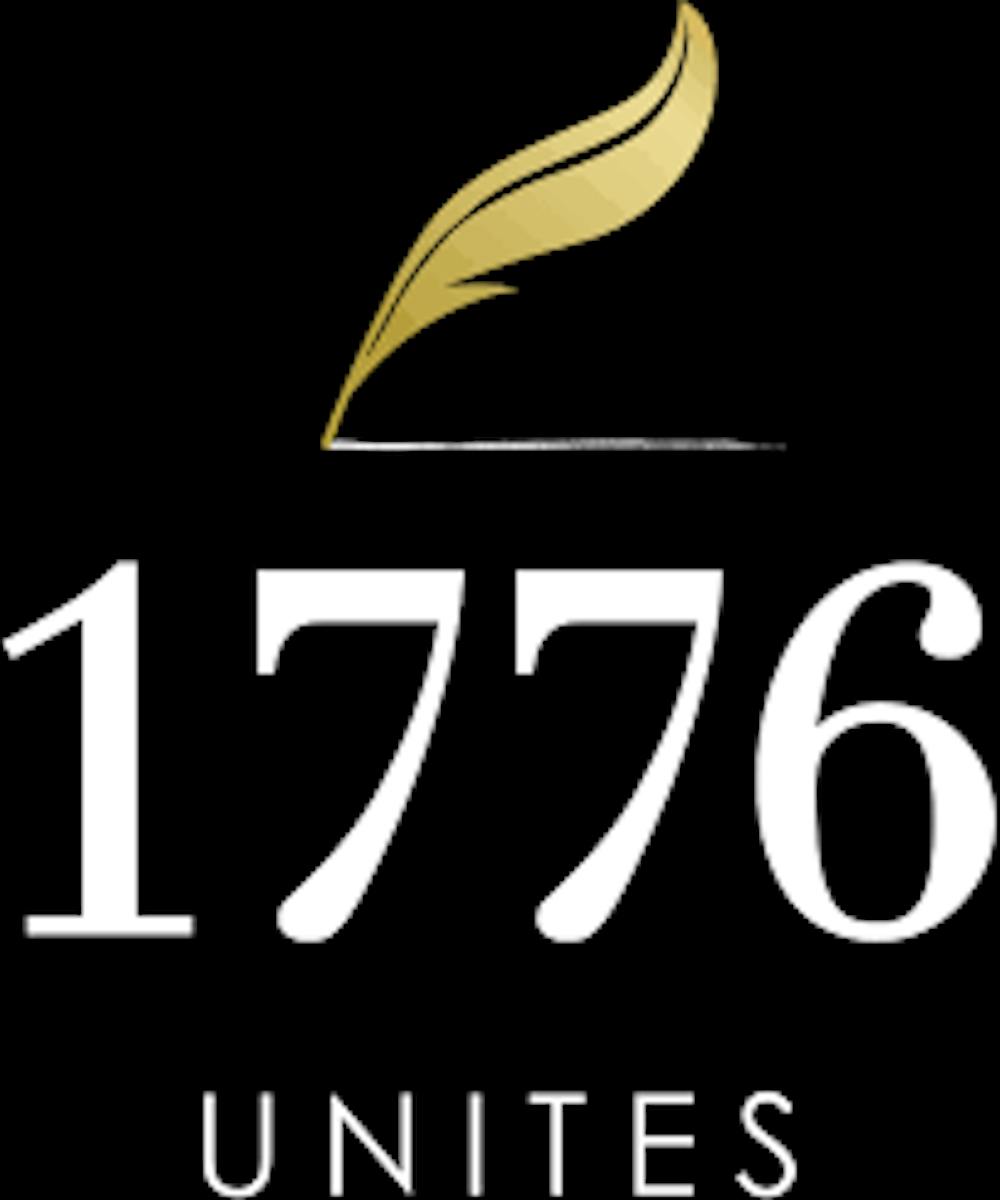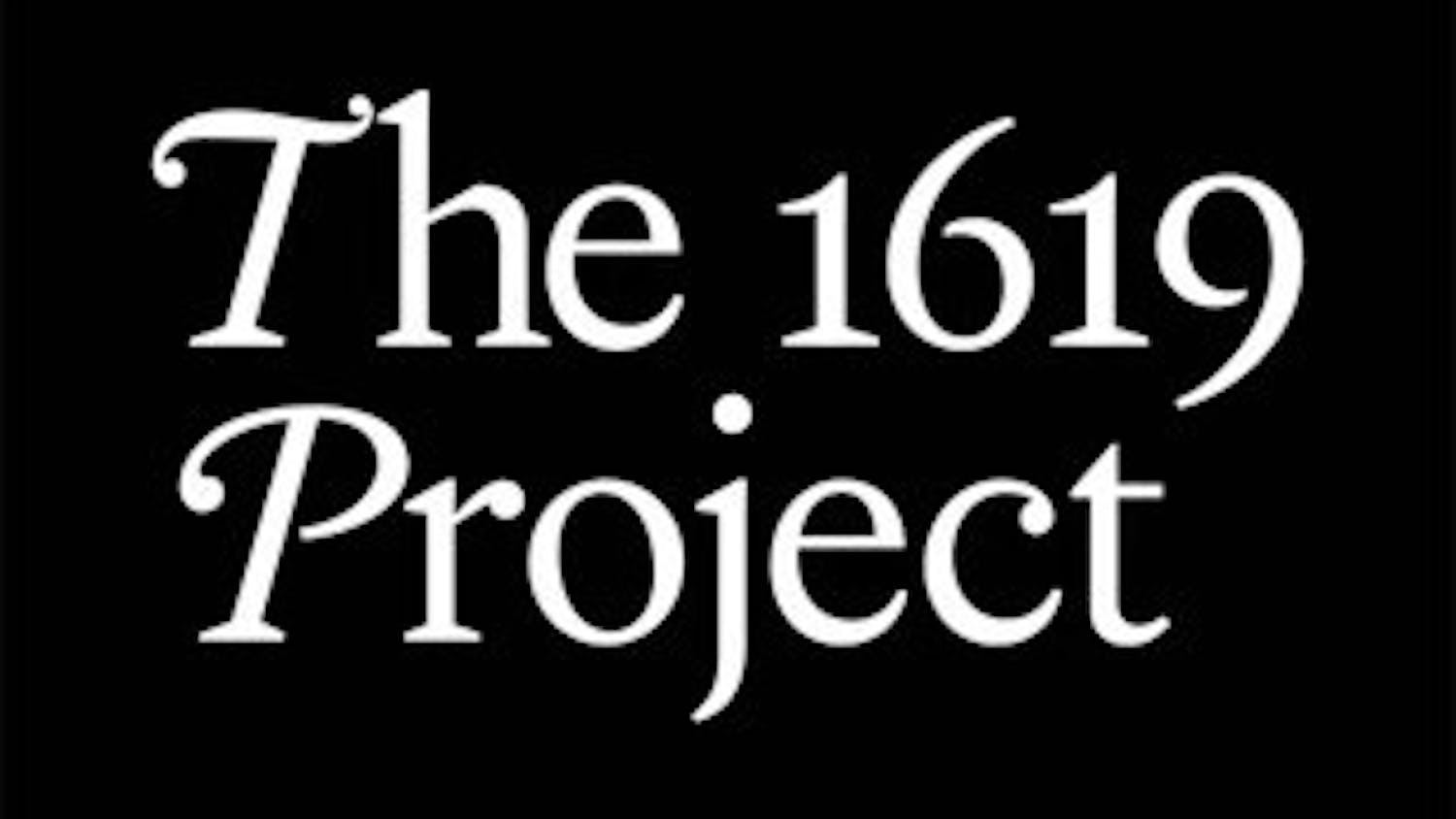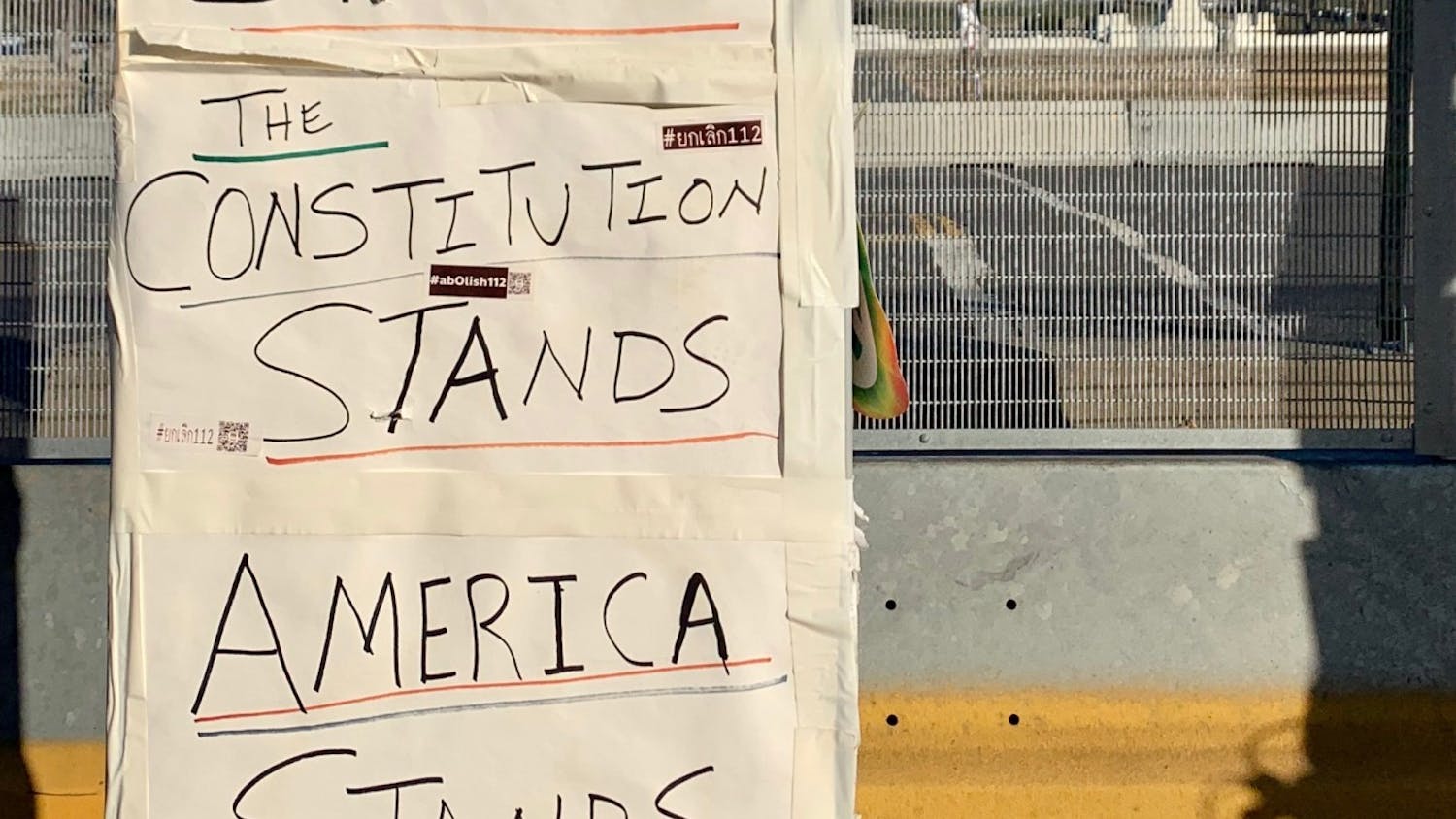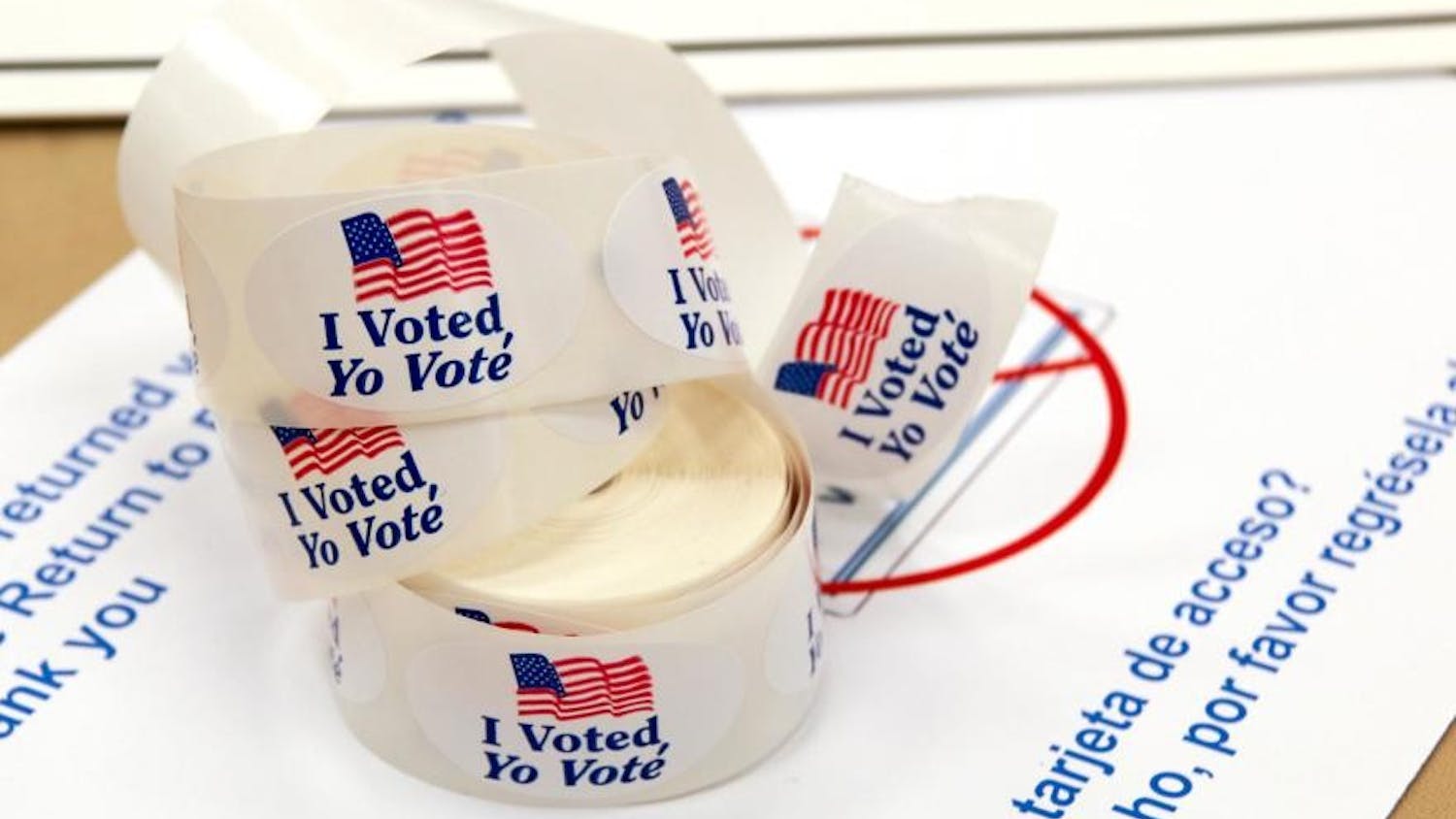The following article is a follow-up to the previous Our View piece, “The 1619 Project.” It should also be understood that the 1776 Unites initiative is separate from the 1776 Commission, released by former President Donald Trump in Jan. 2021. — Editor
The war of conflicting ideals now rages harsher than ever, and two primary initiatives can be seen along the journalistic front.
The 1619 Project, an initiative started by the New York Times in August 2019, represents a progressive initiative to change the American perspective regarding the founding principles of the U.S.
“This initiative seeks to reframe the narrative of U.S. history through the sole lens of slavery and the heinous oppression of Black Americans,” wrote The Echo in an Our View piece on Mar. 15.
This progressive framework of education has sparked a counter movement in America based on traditional values. It is known simply as “1776 Unites.”
The 1776 Unites project is a nonpartisan, “intellectually diverse alliance of writers, thinkers, and activists focused on solutions to our country’s greatest challenges in education, culture, and upward mobility,” their website states.
Founded by Robert L. Woodson Sr., former civil rights activist, the aim of the project is to unite our nation around the core pillars of the American nation, as the name implies.
Perhaps more specifically, the goal is to preserve the truths of American values that have been held since the inception of our nation.
“1776 Unites is a movement to liberate tens of millions of Americans … by helping them become agents of their own uplift and transformation, by embracing the true founding values of our country,” wrote 1776 Unites.
The project takes exception to the 1619 Project on many fronts and seems to wholly disagree with the premises upon which 1619 was formed.
Jakob Miller, assistant professor of political science, said that the issues of the American Revolution and the history of slavery in America are multifaceted issues, and taking one perspective over another can cause disagreement, as is seen in the conflict between the 1619 and 1776 projects.
“It’s important to understand that these two initiatives — both 1776 and 1619 — speak from different lenses,” said Miller.
The 1619 Project seems to stake most of their point around the notion that America was founded on and for slavery, Miller continued, whereas 1776 Unites takes a broader look at the timeframe.
When given proper context, Miller added, the 1776 Unites perspective has a more balanced viewpoint on the issues as a whole. Miller also stated that the 1619 Project has received backlash for its lack of historians and educators on staff, whereas 1776 Unites is comprised almost entirely of such individuals.
Elizabeth George, associate professor of history, stated that examining both the 1619 and the 1776 projects have value within an education context.
However, George continued by saying that neither project is entirely adequate in presenting the entire context of the debate.
“I’m not sure if either project is the best way to teach American history, since both are more interested in interpretations of the past rather than working on the necessary skills to engage with sources from the past,” George said. “That’s not to say that either project is inaccurate, just that we’d also like students to understand how we come to our interpretations of the past.”
One contributor to 1776 Unites, Ian Rowe, resident fellow at the American Enterprise Institute, gave a testimony to the Ohio State Board of Education on Sept. 22, 2020.
Rowe, an educator with experience from the Southern Bronx region, takes specific exception to the Ohio education system — and other state systems — incorporating the 1619 Project into school curriculum for children.
“It is equally important to ensure that the models that you do highlight reinforce the principles that young people of all races should adopt to overcome racial disparities, rather than reject those principles,” Rowe said. “For example, the 1619 Project released by the New York Times claims that ‘Our democracy’s founding ideals were false when they were written,’ and that ‘Anti-black racism runs in the very DNA of this country.’ As an educator, particularly of students in low-income communities with primarily students of color, I know how damaging and disempowering an impact that message can have on children.”
Throughout his testimony before the board, Rowe by no means minimized or ignored the atrocities and hardships faced by Black people throughout the course of American history, nor does he disregard blatant discrimination that is experienced by Black people in America everyday. For Rowe, these hardships are real.
But at the same time, he believes that the 1619 Project is not an adequate solution to said hardships and discrimination. In fact, he believes that the project will produce more harm than good.
Equality for all men, regardless of race, is a notion that is upheld and constantly pursued by the members of the Unites initiative. Their founder, Woodward, served in the Civil Rights Movement in the ‘60s. His extensive career in justice did not stop there.
“From 1971-1973, he served as the director of the Administration of Justice Division for the National Urban League in New York City, developing strategies for reducing crime and strengthening community institutions,” wrote the 1776 Unites website.
To the point made by Miller, perhaps the 1619 Project has narrowed their lens too far, and has created a project that, ultimately, will not be beneficial to American education.
The 1776 Unites initiative looks to wholly encapsulate the pillars of the American legacy, while also recognizing the hardships and burdens that many members of our nation have had to bear.





